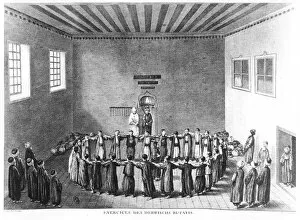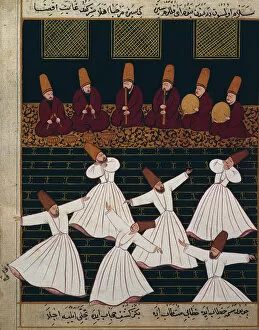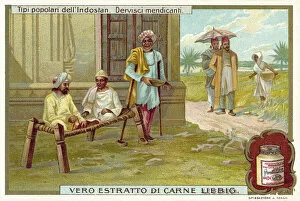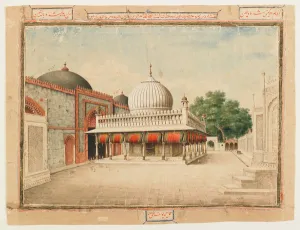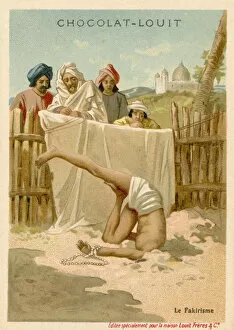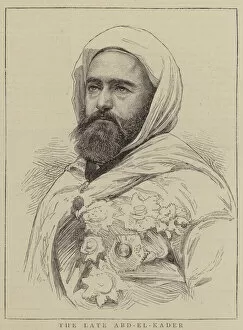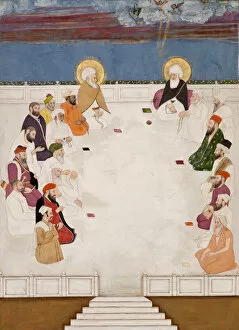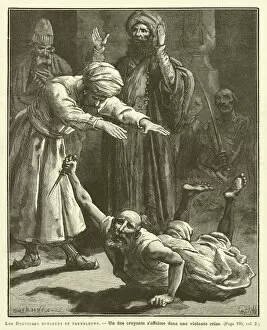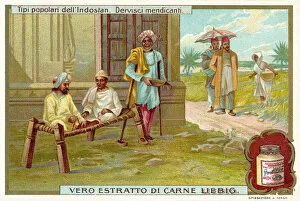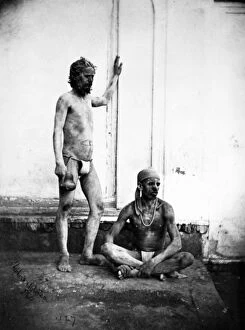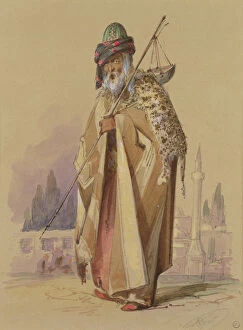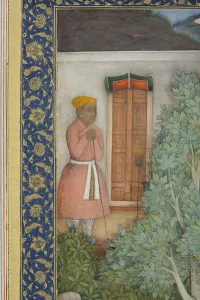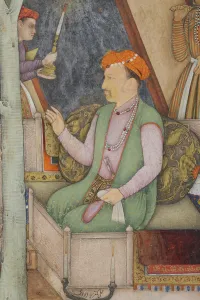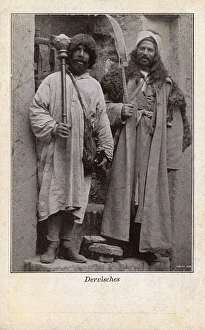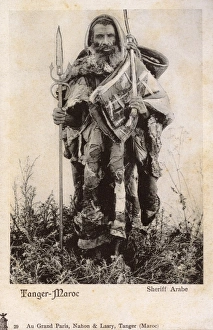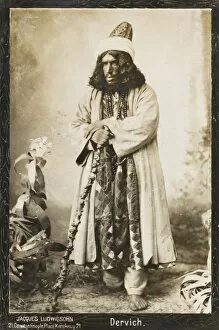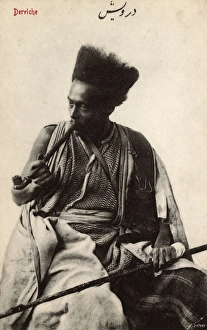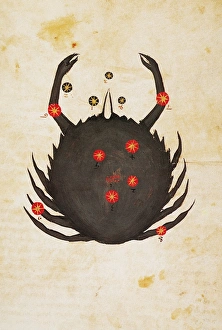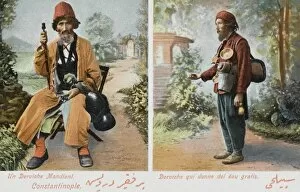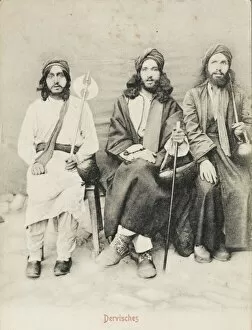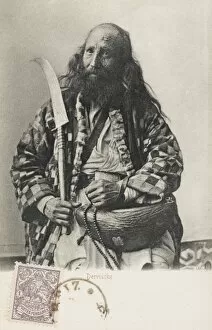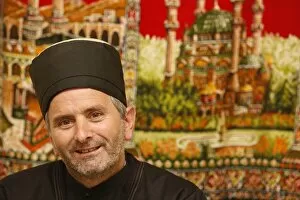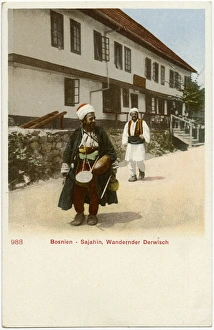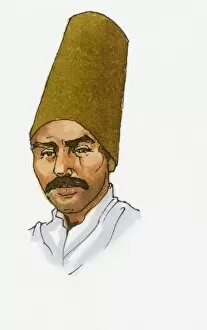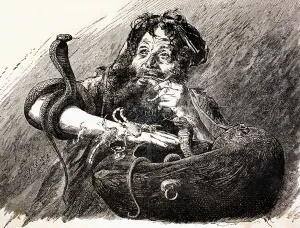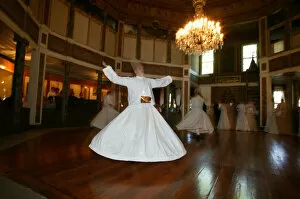Sufism Collection (page 2)
Sufism, an ancient mystical tradition within Islam, is beautifully depicted in various forms of art and cultural practices
All Professionally Made to Order for Quick Shipping
Sufism, an ancient mystical tradition within Islam, is beautifully depicted in various forms of art and cultural practices. One such portrayal can be seen in the Persian Timurid manuscript illumination from 1490, showcasing dancing dervishes immersed in spiritual ecstasy. These mesmerizing movements are also witnessed today as the Mevlevi or Whirling Dervishes perform their Sufi dance in Istanbul, Turkey. Their graceful spins and twirls symbolize a divine connection with the universe. Captured at the Royal Albert Hall, we witness the enchanting performance of these whirling dervishes. Originating from Samarkand and Bukhara in Uzbekistan, wandering Uzbek dervishes bring their unique interpretation to different corners of the world. Meanwhile, Konya hosts an annual Dervishes Festival where whirling dervishes gather to celebrate this sacred practice. The influence extends beyond geographical boundaries; even Paris had its encounter with a Persian dervish during an exhibition. The Mevlevi order continues to preserve this mystical heritage by performing the Sema ceremony that captivates audiences in Istanbul. In addition to these vibrant displays, Sufi shrines serve as sanctuaries for pilgrims seeking spiritual solace. A lady pilgrim dressed in a blue burqa finds tranquility sitting at the doorway of Gazargah shrine while others find themselves immersed within its hallways during their pilgrimage journey. Artistic depictions further illuminate our understanding of Sufism's essence - one such example being Ms E-14 Mystical conversation between Sufic sheikhs portrayed through gouache on paper. This artwork captures profound conversations held amongst esteemed sheikhs who delve into esoteric knowledge and wisdom. Through dancing dervishes and sacred rituals performed across continents like Europe, Asia Minor (Eurasia), and Central Anatolia (Turkey), sufi mysticism continues to inspire and enchant individuals seeking a deeper connection with the divine.

